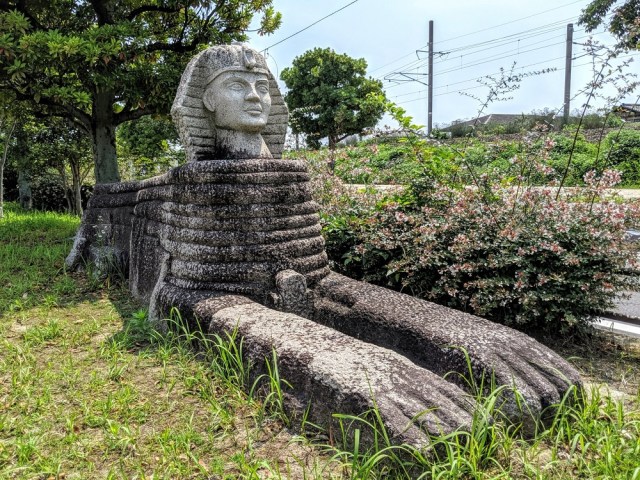
We travel into the depths of suburbia in search of Moai and ancient Pakistani Priest Kings.
Hot off the heals of his trip to the Machu Pichu of USA, Japan, our mystery-hunting reporter Masanuki Sunakoma had heard dark whispers of another secretive location that is said to house several of ancient humanity’s greatest creations, from the Parthenon to the Moai statues of Easter Island.
This unbelievable cache of art was said to be found on a chain of islands in Nakama City, a suburb of Kitakyushu City. Not one to ignore outlandish rumors from shady sources, Masanuki hopped on a JR Kyushu Chikuho Main Line train to Nakama Station.
Exiting the quaint station, Masanuki flinched under the scorching sunlight. It was too hot for a mystical adventure, but just when he asked a worker at the station how to acquire a hovercraft with which to reach the forbidden isles, he was told it was actually just a short walk from where he was.
Our intrepid reporter was told to go to Moyai-dori. “Moyai” is an old Japanese word meaning “cooperation,” intended to represent the area’s history as a once-prosperous coal mining town. It was also suspiciously close to “Moai…”
Suddenly, and without warning, the islands appeared before Masanuki. Sure, they were traffic islands, but islands nonetheless. They were completely uninhabited and overgrown with lush vegetation. Moreover, they were constantly circled by dangerous man-eating Hondas.
After reaching the shore of the first traffic island, he was greeted by a sign indicating this place as “The Roofless Museum.” In addition to having no roof, this museum was totally chill and pointed out that you can touch the exhibits all you want in order to connect with ancient times.
The museum was comprised of four island zones, each with a different theme: The Path of Home, where Masanuki now stood, had artifacts from Japan and Asia; exhibits from Europe and Africa could be found in The Path of Tranquility; The Path to Ancient Times contained works from Africa and America; and The Path of Moyai had items from Oceania.
Masanuki first came across well-known relics found in ancient Japanese tombs. Dating back to the 5th and 6th century these stone horse and soldier statues are usually heavily guarded in a museums, but now just sitting openly in patches of grass.
Even though they were just stone replicas, there was something intriguing about having the ability to just walk up to them and make physical contact with the legendary works.
Even if you aren’t an expert in archaeology, each exhibit has a helpful panel explaining the original work’s size and importance.
For example, Masanuki would normally have no idea who this guy was, but now can tell you with confidence that it’s The Priest King of Mohenjo-daro, located in modern-day Pakistan.
He also learned that the Chinese were literally centuries ahead of Japan when it came to making stone horses.
There were a lot of pieces to look at and touch, so Masanuki needed to take a break. He stopped at a pair of covered benches, only to find he was actually sitting in…
…The Parthenon!
After refreshing himself in the Parthenon, our reporter was ready to go in search of the legendary Sphinx.
The placard at the beginning of the journey told Masanuki that touching these replicas would “transport” him to the ancient times from whence they came. He reached out and gently pressed his fingers against the Sphinx’s cheek, bracing himself for the quantum leap…
…but nothing happened.
Still, after getting over his indoctrinated fear of touching historical things in museums, Masanuki began to want to do it more and more. He especially enjoyed feeling up the Olmec Colossal Head of 9th Century BC Mexico.
▼ “Atta-boy.”
Finally, Masanuki came face to face with the Moai of Nakama City Traffic Island, much like their Easter Island counterparts. These huge figures had a certain aura of mystery about them…
…even with the explanatory plaques.
Masanuki also learnt that all of these replicas were made from ruins of the old Katsuki Line which was a part of the now-defunct Japanese National Railway.
It was intended to be a tourist attraction, but Masanuki was the only tourist there on that particular day. But, much like Space Station and its cardboard UFOs, The Roofless Museum is truly a great tourist destination for tourists who can’t stand being around other tourists.
Museum information
The Roofless Museum / 屋根のない博物館
Fukuoka-ken, Nakama-shi, Chuo 2-5
福岡県中間市中央2-5
Website
Photos: SoraNews24
● Want to hear about SoraNews24’s latest articles as soon as they’re published? Follow us on Facebook and Twitter!
[ Read in Japanese ]

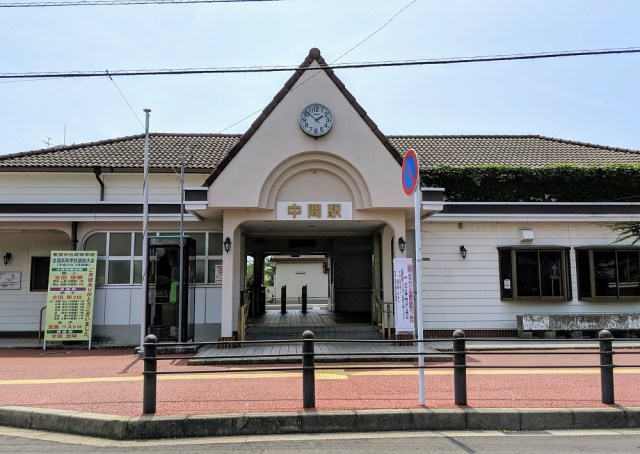
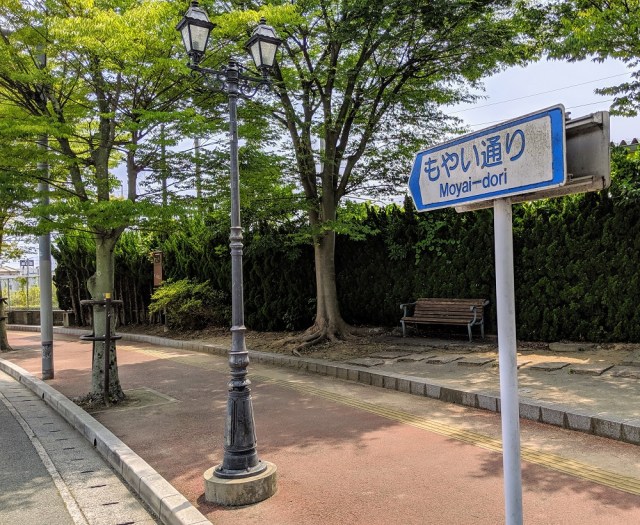
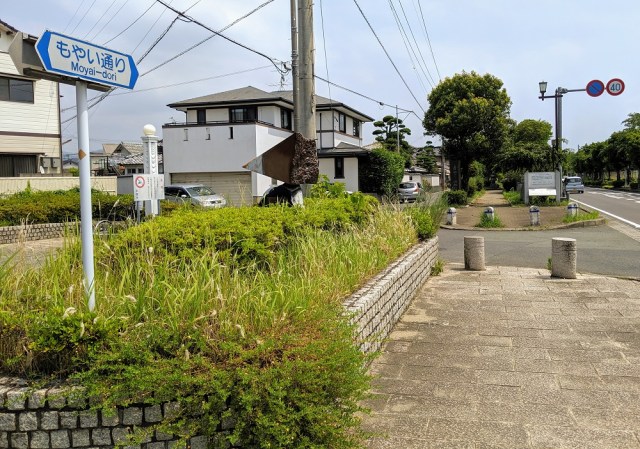
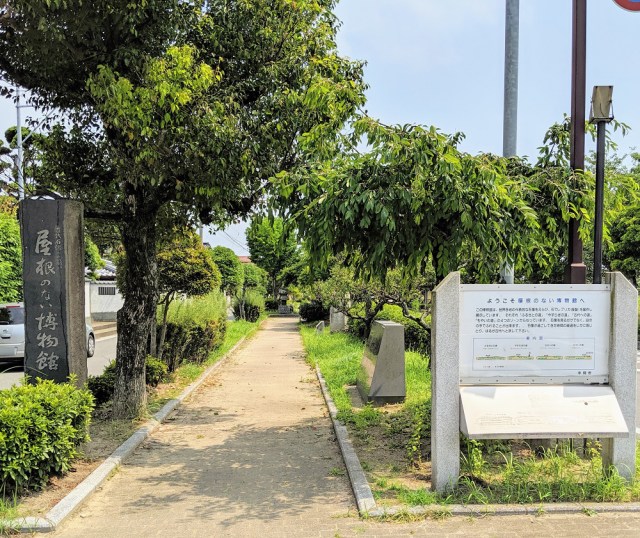
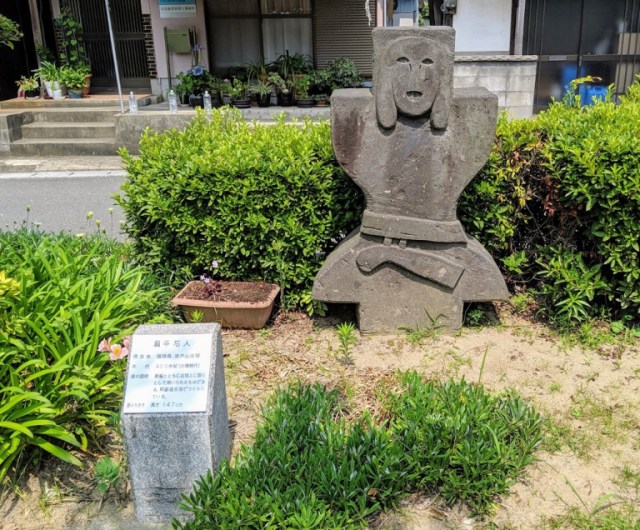
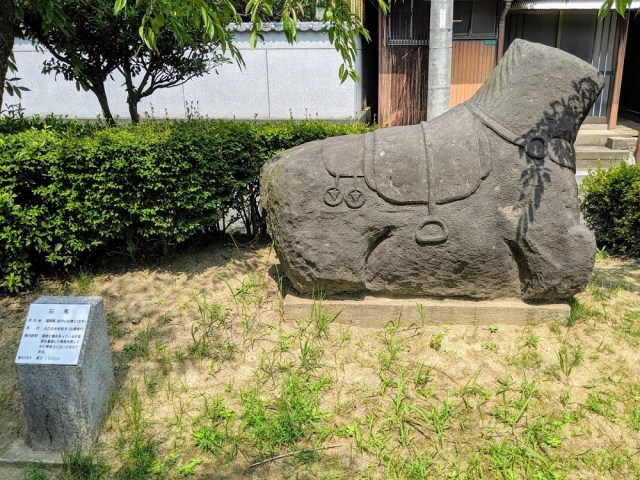
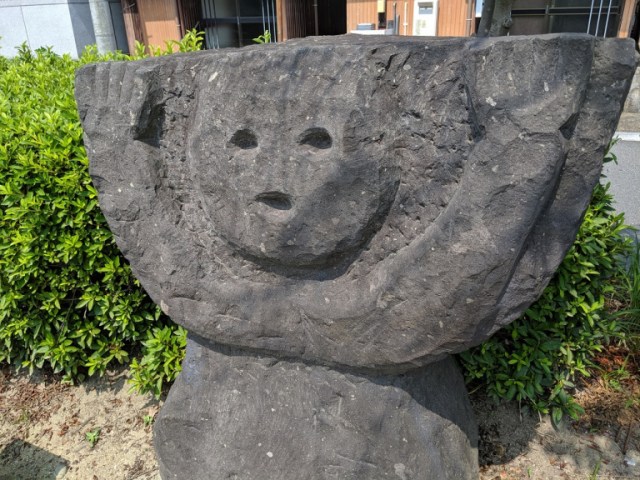

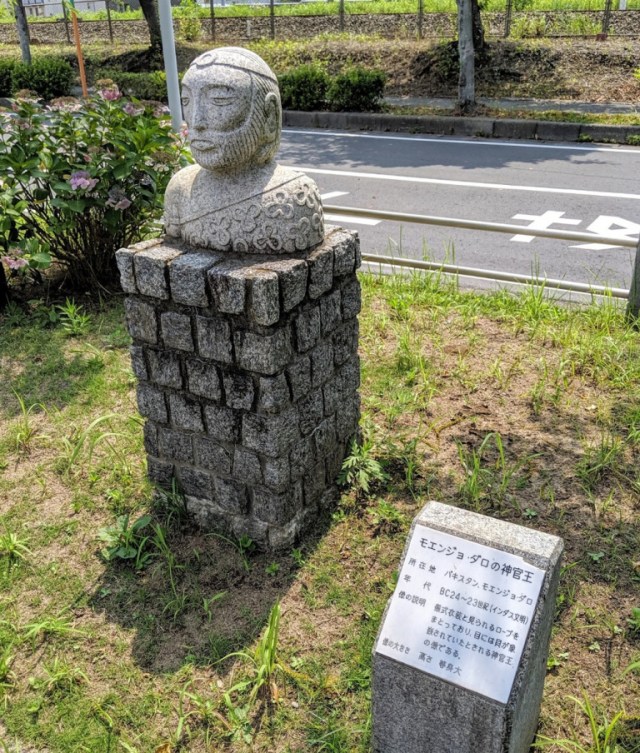
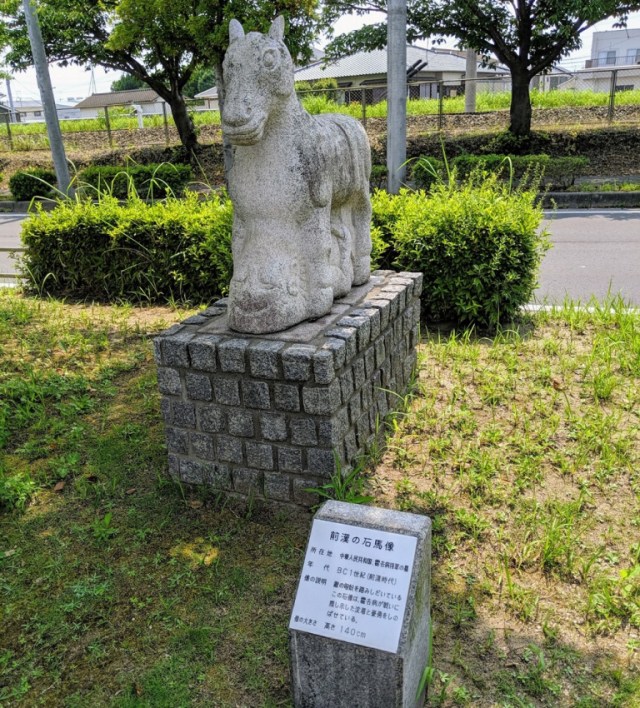
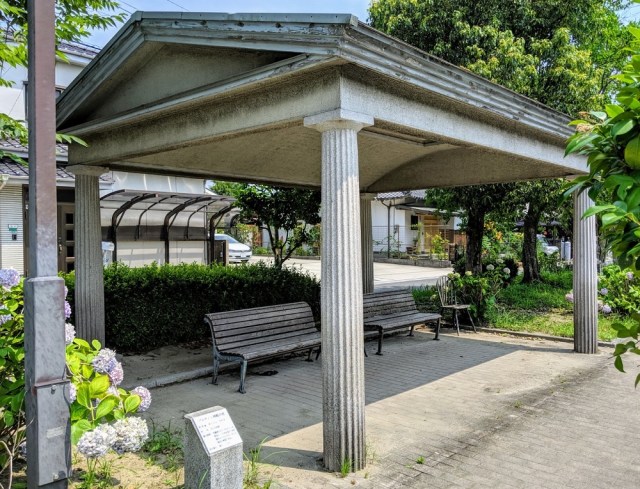
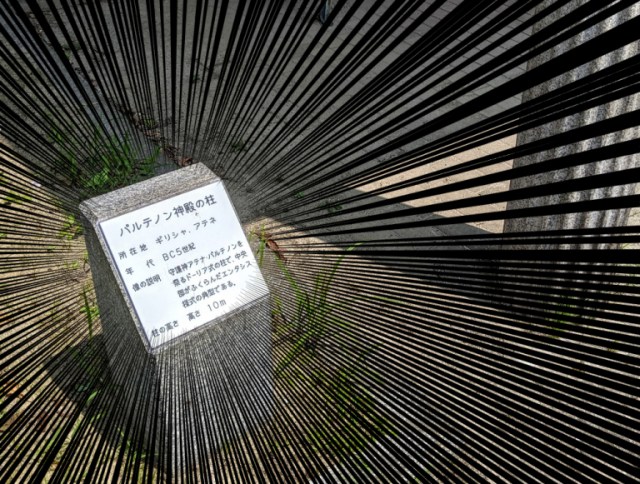
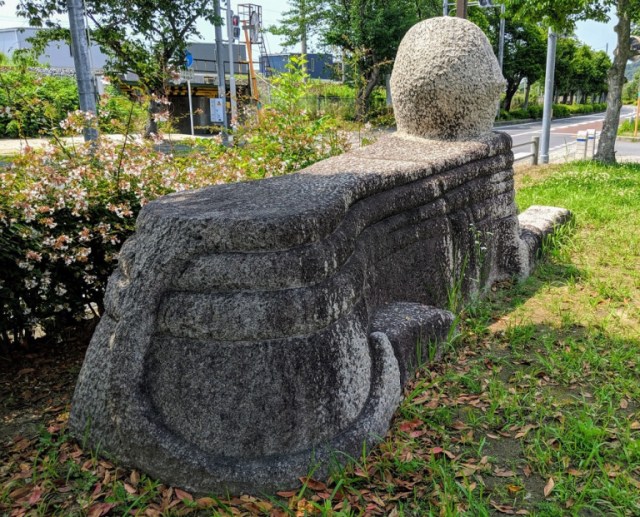
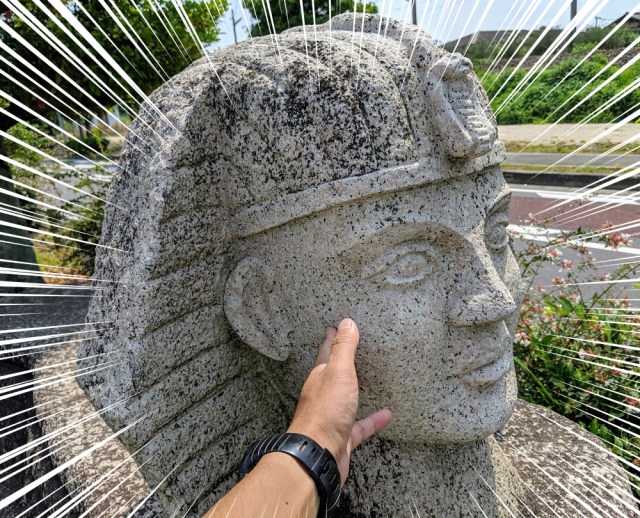
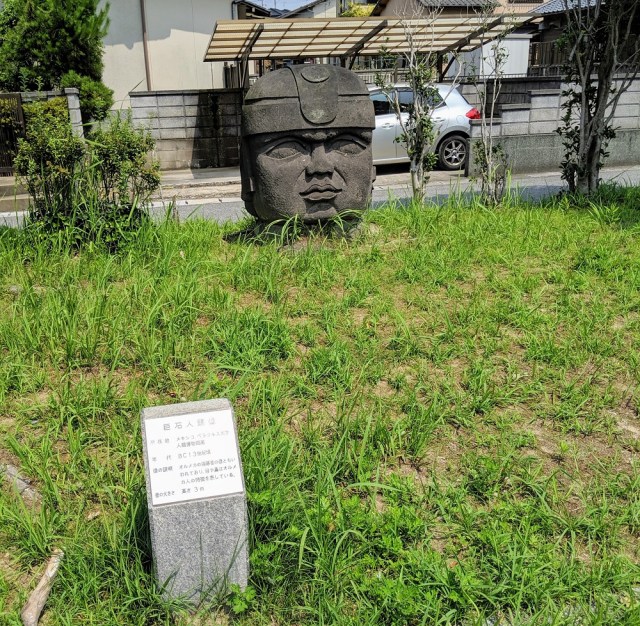
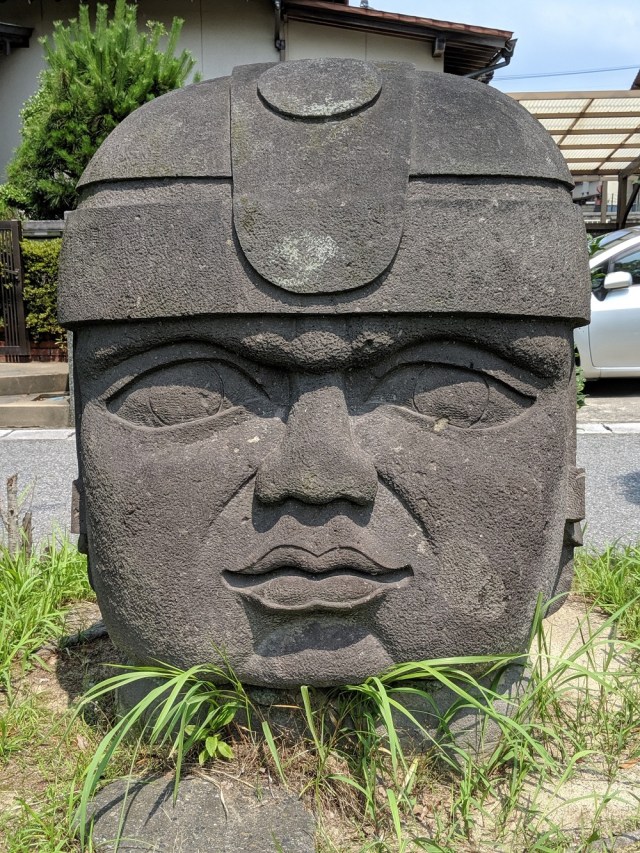
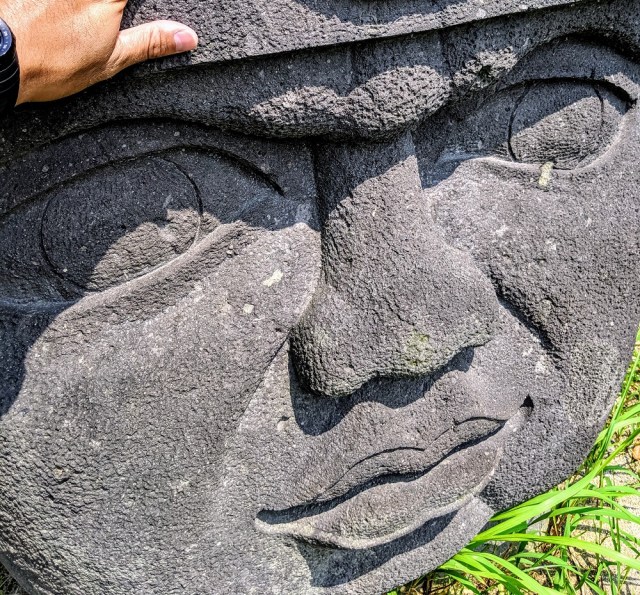
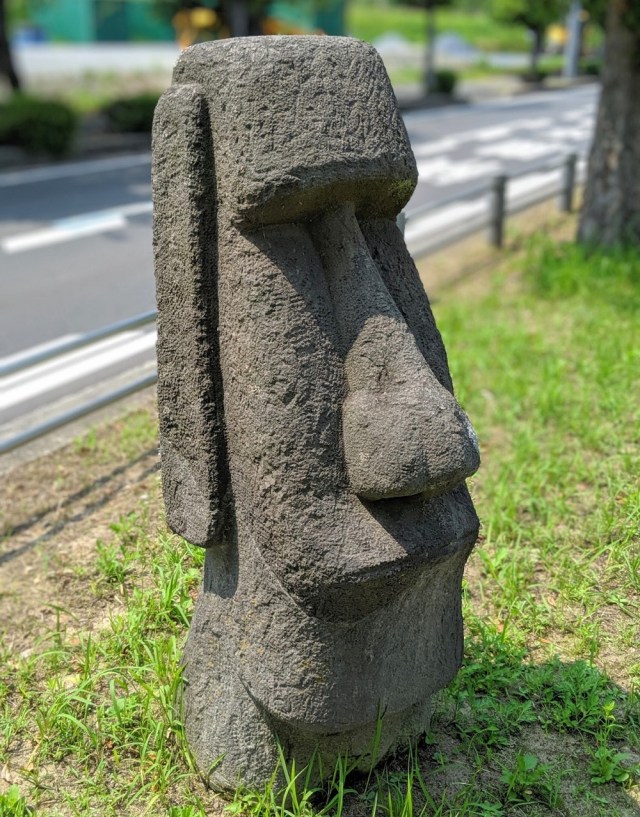
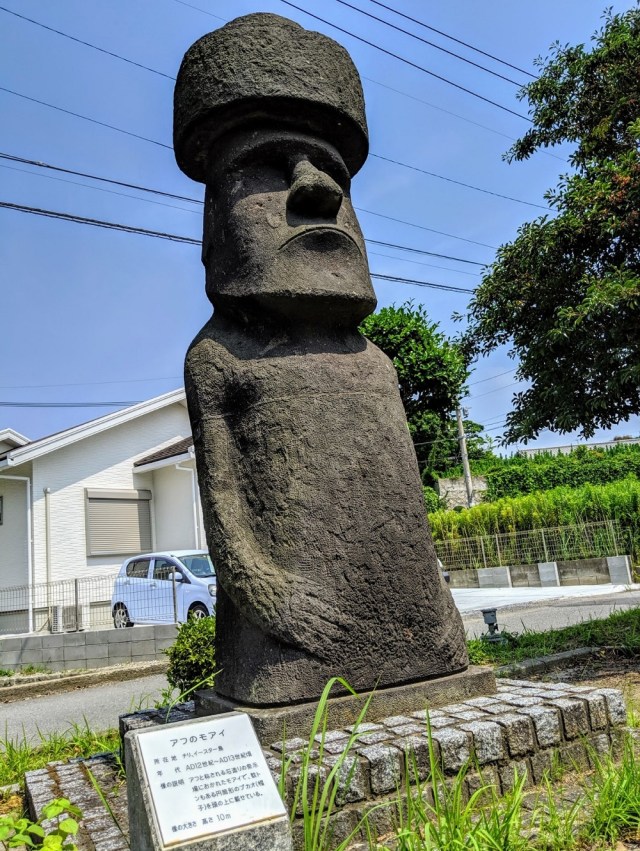
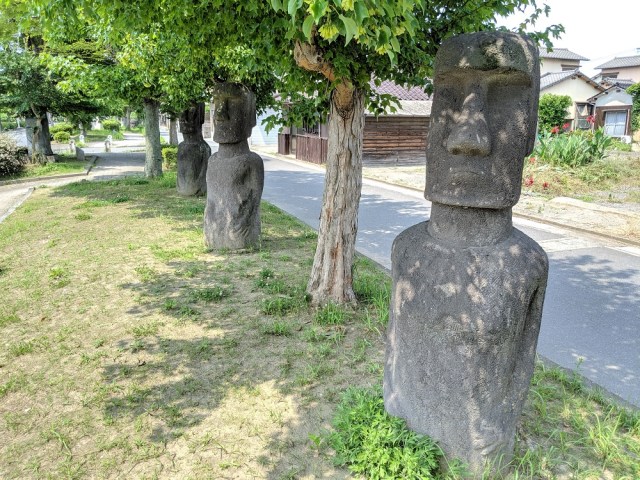
 Celebrating Bruce Lee’s 75th birthday with a Hong Kong pilgrimage
Celebrating Bruce Lee’s 75th birthday with a Hong Kong pilgrimage Japan’s newest chocolate treat is inspired by the Easter Island Moai
Japan’s newest chocolate treat is inspired by the Easter Island Moai 16 tourist spots that China ripped off from the rest of the world
16 tourist spots that China ripped off from the rest of the world We visit the Giant Buddha statue that our reporter dubs “kawaii” and “like a mascot character”
We visit the Giant Buddha statue that our reporter dubs “kawaii” and “like a mascot character” Let’s visit Machu Picchu located in the mountains of USA, Japan!
Let’s visit Machu Picchu located in the mountains of USA, Japan! Foreigner’s request for help in Tokyo makes us sad for the state of society
Foreigner’s request for help in Tokyo makes us sad for the state of society Japanese city loses residents’ personal data, which was on paper being transported on a windy day
Japanese city loses residents’ personal data, which was on paper being transported on a windy day Ghibli Park now selling “Grilled Frogs” from food cart in Valley of Witches
Ghibli Park now selling “Grilled Frogs” from food cart in Valley of Witches Historical figures get manga makeovers from artists of Spy x Family, My Hero Academia and more
Historical figures get manga makeovers from artists of Spy x Family, My Hero Academia and more Suntory x Super Mario collaboration creates a clever way to transform into Mario【Videos】
Suntory x Super Mario collaboration creates a clever way to transform into Mario【Videos】 Harajuku Station’s beautiful old wooden building is set to return, with a new complex around it
Harajuku Station’s beautiful old wooden building is set to return, with a new complex around it Akihabara pop-up shop sells goods made by Japanese prison inmates
Akihabara pop-up shop sells goods made by Japanese prison inmates Osaka governor suggests lowering voting age to 0 to curb population decline
Osaka governor suggests lowering voting age to 0 to curb population decline Beautiful Ghibli sealing wax kits let you create accessories and elegant letter decorations【Pics】
Beautiful Ghibli sealing wax kits let you create accessories and elegant letter decorations【Pics】 Smash Bros. director Sakurai stabs Kirby in the face, has delicious justification for it
Smash Bros. director Sakurai stabs Kirby in the face, has delicious justification for it McDonald’s new Happy Meals offer up cute and practical Sanrio lifestyle goods
McDonald’s new Happy Meals offer up cute and practical Sanrio lifestyle goods Japanese ramen restaurants under pressure from new yen banknotes
Japanese ramen restaurants under pressure from new yen banknotes French Fries Bread in Tokyo’s Shibuya becomes a hit on social media
French Fries Bread in Tokyo’s Shibuya becomes a hit on social media Studio Ghibli releases new action figures featuring Nausicaä of the Valley of the Wind characters
Studio Ghibli releases new action figures featuring Nausicaä of the Valley of the Wind characters New private rooms on Tokaido Shinkansen change the way we travel from Tokyo to Kyoto
New private rooms on Tokaido Shinkansen change the way we travel from Tokyo to Kyoto Red light district sushi restaurant in Tokyo shows us just how wrong we were about it
Red light district sushi restaurant in Tokyo shows us just how wrong we were about it Tokyo Tsukiji fish market site to be redeveloped with 50,000-seat stadium, hotel, shopping center
Tokyo Tsukiji fish market site to be redeveloped with 50,000-seat stadium, hotel, shopping center All-you-can-drink Starbucks and amazing views part of Tokyo’s new 170 meter-high sky lounge
All-you-can-drink Starbucks and amazing views part of Tokyo’s new 170 meter-high sky lounge Studio Ghibli releases Kiki’s Delivery Service chocolate cake pouches in Japan
Studio Ghibli releases Kiki’s Delivery Service chocolate cake pouches in Japan New definition of “Japanese whiskey” goes into effect to prevent fakes from fooling overseas buyers
New definition of “Japanese whiskey” goes into effect to prevent fakes from fooling overseas buyers Our Japanese reporter visits Costco in the U.S., finds super American and very Japanese things
Our Japanese reporter visits Costco in the U.S., finds super American and very Japanese things Studio Ghibli unveils Mother’s Day gift set that captures the love in My Neighbour Totoro
Studio Ghibli unveils Mother’s Day gift set that captures the love in My Neighbour Totoro More foreign tourists than ever before in history visited Japan last month
More foreign tourists than ever before in history visited Japan last month New Pokémon cakes let you eat your way through Pikachu and all the Eevee evolutions
New Pokémon cakes let you eat your way through Pikachu and all the Eevee evolutions Sales of Japan’s most convenient train ticket/shopping payment cards suspended indefinitely
Sales of Japan’s most convenient train ticket/shopping payment cards suspended indefinitely Sold-out Studio Ghibli desktop humidifiers are back so Totoro can help you through the dry season
Sold-out Studio Ghibli desktop humidifiers are back so Totoro can help you through the dry season Japanese government to make first change to romanization spelling rules since the 1950s
Japanese government to make first change to romanization spelling rules since the 1950s Ghibli founders Toshio Suzuki and Hayao Miyazaki contribute to Japanese whisky Totoro label design
Ghibli founders Toshio Suzuki and Hayao Miyazaki contribute to Japanese whisky Totoro label design Doraemon found buried at sea as scene from 1993 anime becomes real life【Photos】
Doraemon found buried at sea as scene from 1993 anime becomes real life【Photos】 Tokyo’s most famous Starbucks is closed
Tokyo’s most famous Starbucks is closed One Piece characters’ nationalities revealed, but fans have mixed opinions
One Piece characters’ nationalities revealed, but fans have mixed opinions We asked a Uniqlo employee what four things we should buy and their suggestions didn’t disappoint
We asked a Uniqlo employee what four things we should buy and their suggestions didn’t disappoint Princesses, fruits, and blacksmiths: Study reveals the 30 most unusual family names in Japan
Princesses, fruits, and blacksmiths: Study reveals the 30 most unusual family names in Japan The strongest peeing boy statue in Japan is a hidden gem of sightseeing in Saitama
The strongest peeing boy statue in Japan is a hidden gem of sightseeing in Saitama Adventures in Morocco: Our Japanese language reporter orders a hamburger, gets a surprise
Adventures in Morocco: Our Japanese language reporter orders a hamburger, gets a surprise This little-known spot is a haven for train otaku, with a view of both Mt. Fuji and bullet trains
This little-known spot is a haven for train otaku, with a view of both Mt. Fuji and bullet trains We go to a festival on a Japanese Air Self-Defense Force base, walk on a runway, see cool planes
We go to a festival on a Japanese Air Self-Defense Force base, walk on a runway, see cool planes “Hey, Japanese taxi driver, take us to the best Okinawan restaurant in Naha!”
“Hey, Japanese taxi driver, take us to the best Okinawan restaurant in Naha!” Our writer gets enticed by AliExpress’s reading-in-the-dark glasses…but do they really work?
Our writer gets enticed by AliExpress’s reading-in-the-dark glasses…but do they really work? Giant temple in mountains of Japan is also one of its most impressive tapioca bubble tea cafes
Giant temple in mountains of Japan is also one of its most impressive tapioca bubble tea cafes Fossil of an extinct crab discovered in a pillar at Tokyo Station
Fossil of an extinct crab discovered in a pillar at Tokyo Station Truck drivers love this Saitama Ramen Shop, but will it win our hearts?【Taste test】
Truck drivers love this Saitama Ramen Shop, but will it win our hearts?【Taste test】 Stay in a Japanese hotel room…with a train inside it!
Stay in a Japanese hotel room…with a train inside it! We find, and try, the next step in pillow technology on Amazon Japan
We find, and try, the next step in pillow technology on Amazon Japan What makes this new Japanese convenience store chain better than 7-Eleven?
What makes this new Japanese convenience store chain better than 7-Eleven? We ride one of Japan’s most accidentally terrifying trains
We ride one of Japan’s most accidentally terrifying trains Kicking off the new year with a gathering of the most famous dekotora in Japan
Kicking off the new year with a gathering of the most famous dekotora in Japan What happens when our team starts renovating our cheap countryside house in Japan?
What happens when our team starts renovating our cheap countryside house in Japan?
Leave a Reply